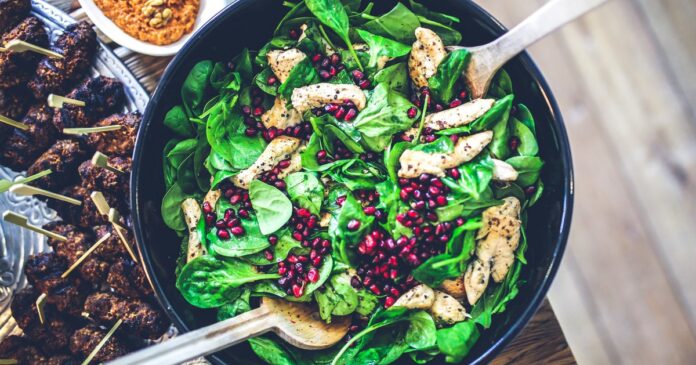Pregnant women, premature babies, women with heavy periods and people with certain diseases, such as cancer and heart failure, are at high risk for iron deficiency. But a new study has found that many more people may have iron deficiency than previously thought – as many as 1 in 3 Americans.
Researchers from Brigham and Women’s Hospital in Boston analyzed data from more than 8,000 adults in the U.S. and found that 14% of people did not have enough iron in their bodies, a condition known as absolute iron deficiency. The researchers also found that about 15% of people had enough iron but that their bodies couldn’t absorb or use it efficiently, a condition known as functional iron deficiency.
“Further research on the role of functional iron deficiency in adverse health outcomes and on iron deficiency screening strategies is needed,” the researchers wrote in the study, published Tuesday in JAMA Network Open. They used data from the National Health and Nutritional Examination Survey 2017 to 2020 for the research.
Having enough iron is essential because it helps make a protein in red blood cells that carry oxygen throughout the body. Iron is also an essential factor in maintaining a healthy immune system, according to the American Red Cross.
Getting too little iron in the short run does not necessarily produce symptoms, but over the long term, iron deficiency can cause anemia. Iron deficient anemia is when red blood cells become smaller, have less hemoglobin and therefore carry less oxygen through the blood. Iron deficient anemia in infants and young children can cause learning difficulties, according to the National Institutes of Health.
Tiredness, weakness and difficulties with concentration and memory are symptoms of iron deficient anemia. People with iron deficiency also may have trouble combating illness and regulating body temperature.
Since the body does not produce iron, people have to absorb the mineral through food. Meat, poultry, eggs, seafood, leafy green vegetables, nuts, dried fruit, kidney beans, edamame and chickpeas are all good sources of iron, according to the Cleveland Clinic. Eating citrus fruit and other foods high in Vitamin C helps with iron absorption.
Sometimes health professionals will recommend that people who are iron deficient take supplements. But too much iron can be dangerous, leading to adverse reactions such as constipation and vomiting, as well as inflammation of the stomach lining and ulcers.
The NIH recommends the following average daily amounts of iron:
• Birth to 6 months, 0.27 mg
• Infants 7 to 12 months, 11 mg
• Children 1 to 3, 7 mg
• Children 4 to 8, 10 mg
• Children 9 to 13, 8 mg
• Boys 14 to 18, 11 mg
• Girls 14 to 18, 15 mg
• Men 19 to 50, 8 mg
• Women 19 to 50, 18 mg
• Adults 51 and older, 8 mg
• Pregnant teens and women, 27 mg
• Breastfeeding teens, 10 mg
• Breastfeeding women, 9 mg



